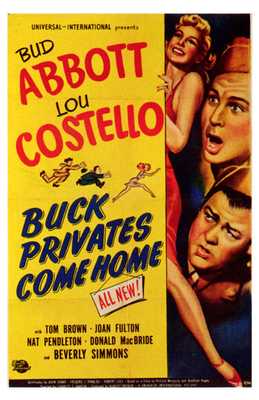Gross Rent Multiplier As Value of a Property
 The Gross Rental Multiplier (GRM), Multiplier for short, is easy to calculate, but what value does it hold? In the world of investment properties you will see it stated in advertising, pro forma statements, broker’s listings and online property sites.
The Gross Rental Multiplier (GRM), Multiplier for short, is easy to calculate, but what value does it hold? In the world of investment properties you will see it stated in advertising, pro forma statements, broker’s listings and online property sites.
The standard definition of a Multiplier is a ratio that is used to estimate the value of income producing properties. And its formula is:
Multiplier = Market Value or Price / Maximum Income or Gross Scheduled Income (GSI)
A very simple formula, price divided by income. With a little arithmetic, the formula can be rearranged to solve for the market value or price.
Price = Multiplier X Gross Scheduled Income (GSI)
Using an example, within a few blocks of an apartment you are planning to buy there are three similar apartments. The three apartments have the same gross scheduled income of $75,000. The GRM of apartment A is 7.80, apartment B is 7.93 and apartment C is 8.07.
Multiplying GSI by the Multiplier, we find that apartment A’s market value is $585,000, apartment B is $595,000 and apartment C is $605,000. The apartment we intend to buy has a GRM of 7.97 and a GSI of $75,000. Following the previous formulas, the price of this apartment is $597,750.
Price = 7.97 x 75,000
With this information, we can say that any advertised or listed price extremely higher or lower than $597,750 would be suspect. Is it that simple? Multiple a Gross Rent Multiplier and Gross Scheduled Income and get the price of an investment property? Let us looking a litter deeper into the values that make up the Multiplier.
Understand that income in the formula is an annual value. For an entire year, we need to accept three assumptions.
1. All rentable space or units are rented for the entire year. A “No Vacancy” sign is posted at the property. Not even, one week or one day contains a vacancy.
2. Every tenant pays their rent each and every month for the entire year.
3. Adding to number 2, all rents are paid with no late or partial payments, again for the entire year.
For an entire year, these assumptions must hold true. Is this possible? Could be. Is this what would actually happen? Definitely not.
1. Vacancies are a fact of life for investment properties.
2. Tenants will not always pay their rent.
3. Late and partial payments do happen.
In making an investment decision, are you more likely to side with “possibilities” or favor “actualities”. If you intend to use or value a Gross Rent Multiplier make sure you know, not guess, what the gross scheduled income is. Asked yourself, how was the income calculated and can you recreate that value.
Using a Gross Rent Multiplier as your only variable in estimating the value of an investment property requires some major assumptions. Make sure those assumptions are true and verifiable.
